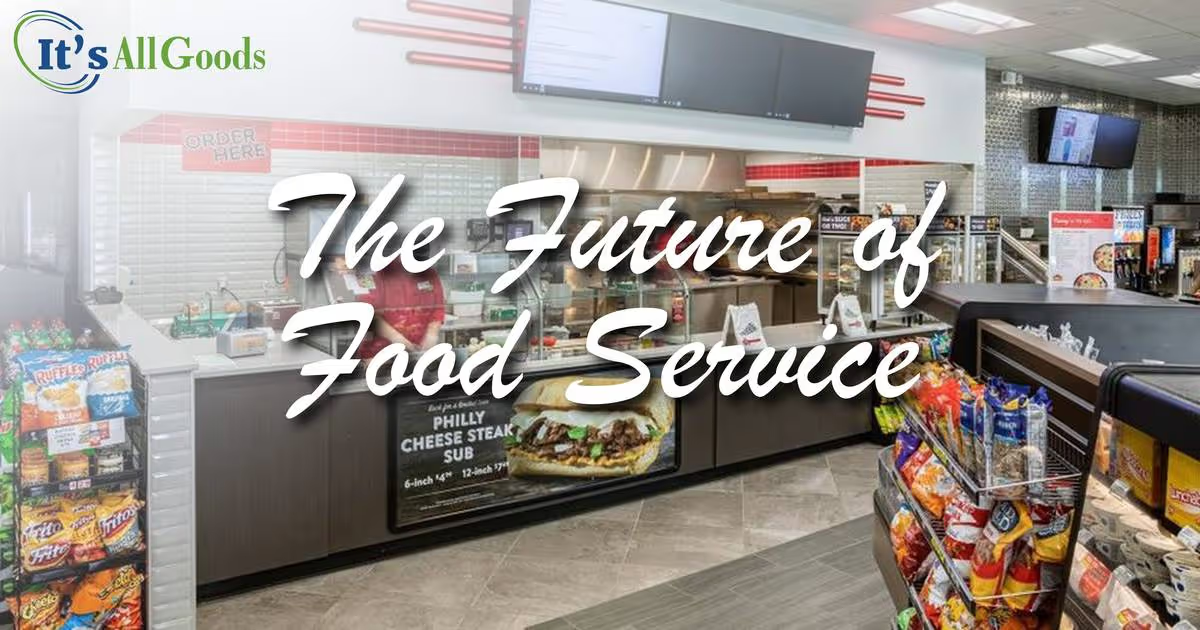

n past decades, convenient stores didn’t have a great reputation for providing high quality food service. Most food was considered unhealthy, junk food. This is changing rapidly as consumers have begun setting new expectation for the types of food that they can get from c-store brands.
Prior to the COVID-19 pandemic, many c-store operators agreed that food service was on track to be a major industry focus. At the time, about 85 percent of convenience store brands had identified food service as a key strategic priority for their company.
The pandemic forced many retailers to change the way they offered fresh and hot food items. It’s critical for c-store operators to understand how to adapt to these major changes to remain competitive and capture new segments of the market.
While many brands were already embracing new approaches to food service, the pandemic brought this to a screeching halt. By July of 2020, more than half of US states had introduced emergency measures that forced businesses to shut down or greatly alter their food-related services. This greatly affected traditional, full-service restaurants which saw a decrease of sales by 74 percent as dine-in seating was eliminated in many markets.
This also impacted the products and services that c-stores provided including self-serve food, roller grills, bakery cases, and soda fountain dispensers. However, there were some benefits that c-stores saw during this time. First, with restaurants closed, consumers needed to find alternatives to their food needs. Second, many workers transitioned to working from home which means they spent more time in their local communities. During the last two years, a third of consumers said that they used c-stores more often.
In addition to disrupted routines and consumer bases, new customers were bringing new demands. With home delivery being an option for many food-related businesses, c-stores needed to step up the quality and types of foods being offered to remain competitive. Products like fresh fruits and vegetables, plant-based options, locally sourced produce, and specialty products have become the expectation.
For many businesses, the c-store food service space looks completely different compared to a decade ago. There are some very clear trends that are emerging as the world begins to put the global pandemic behind them.
While changes to food service offerings are bringing opportunities for revenue growth and exposure to new markets and demographics, there are some hurdles that c-store operators must be aware of and understand how to address.
“Elevated safety and sanitation measures really are crucial to generating trust and making consumers feel comfortable in patronizing c-stores for food service.” Donna Hood Crecca, Principal, Technomic
The future of food service in the convenience store industry is expected to continue evolving. C-stores in the future will likely look more like a hybrid between quick service restaurants and traditional convenience stores.
More c-stores could take on the “ghost kitchen” model where high quality, fresh food options are prepared and sent directly to consumers by a third party. This would enable the c-store to provide home delivery of the products consumers demand without having to make major changes to their physical store locations.
Consumers no longer view c-stores as simply a place to pick up a bag of chips and a soda. More and more people are leveraging convenience stores to provide food options for lunch breaks during the week or easy dinner options for the whole family. To remain competitive, c-store operators will need to remain focused on what types of food service products consumers are asking for and be willing to adapt quickly.